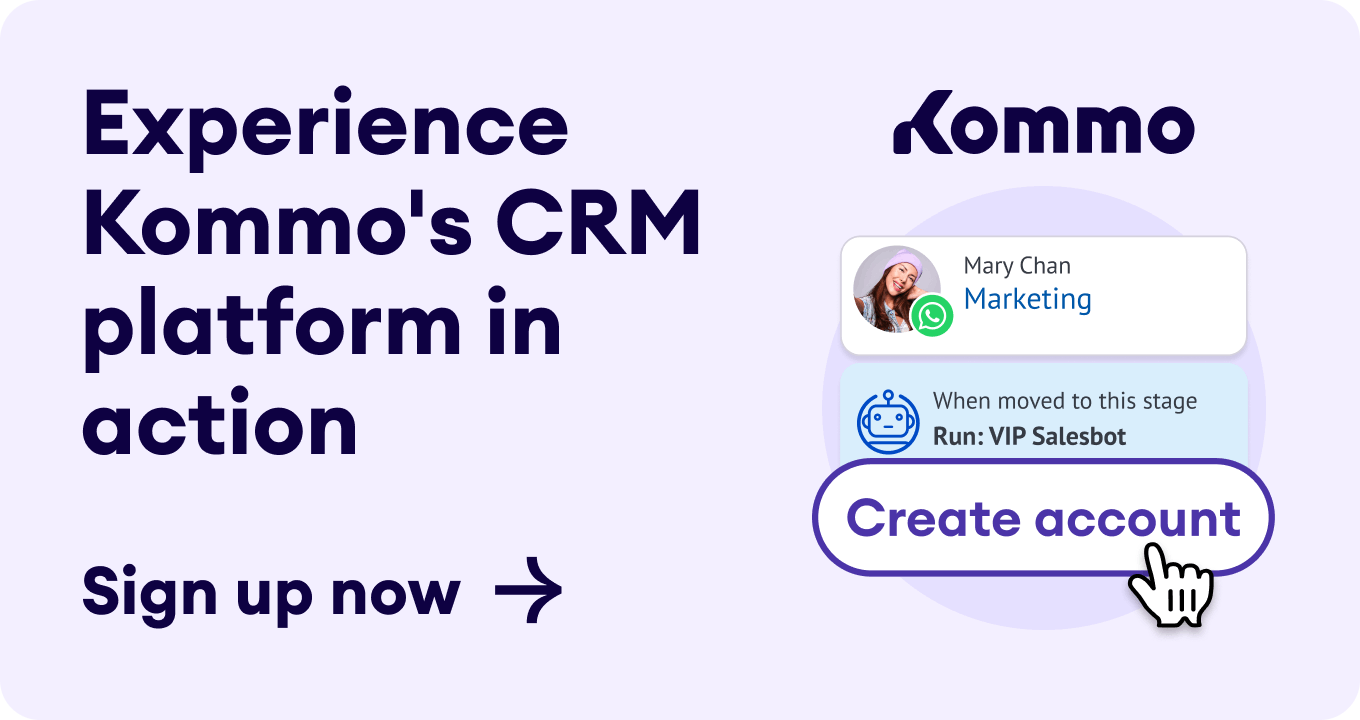Download PDF Sales automation is the ultimate tool for success. Done right, it can help your sales representatives build lasting relationships with customers and prospects—while helping a company stay organized, track leads, and save time.
The catalyst that burgeons any business, no matter the industry, is a well-engineered business development strategy. In 2018, companies will see the sales process at a pivotal point. A poignant mix of high-tech and automation has brought on a new level of fast and comprehensive service, issuing in a new wave of utility for the sales process. If your sales processes are lagging, your sales goals will too. With complete solutions for CRM, and sales & marketing automation; 2018 bears witness to highly developed software organizations that streamline almost every part of sales activities- resulting in a more productive sales team, and in turn, more closed sales.
The increased saturation of chatbots, personalized lead nurturing, and automated task assignment in sales processes makes it more vital than ever before to implement cutting-edge tools to keep up with sales automation. An automated sales pipeline, created with automation software like Kommo assists sales representatives in guiding prospects through the sales process. When you track the sales process and tasks are automated, representatives don't lose leads or have to sort through notes to remember details about each prospect. As a result, your sales process will portray a clearer vision of the future revenue, and the information needed to improve the sales process is transparent.
We are excited to share with you five ways pivotal ways you can automate your sales pipeline to ensure a more streamlined sales process.
1. Create a Framework That Guarantees Lead Progression
To begin, create a framework that guarantees lead progression from start to finish. Sort the sales process into four stages:
- New lead
- The connect stage
- The discovery stage
- The opportunity stage
Understanding these stages will help you make better decisions as to what methods will lead to pushing your lead towards the final decision to buy. A lead on who has not been reached out to at all is considered “new.” The second stage, the connect stage, is when an organization reaches out to a new lead to qualify their position and see if they can offer help. During the discovery stage, an organization looks into different ways of helping a lead and begins to create an opportunity to solidify the sale. In the opportunity stage, you will give the lead a proposal asking for their business. Learn more about how Kommo helps organizations generate new business through CRM technology.
To ensure you complete each lead stage smoothly, you must utilize the correct tools. Pre-created email templates paired with workflows within your CRM will trigger pre-determined email actions depending on the lead's response. Use email drip campaigns and set up a series of automated emails to a particular list or lead to nurture them continuously with relevant, timely content and information about their position in the pipeline. By crafting specific emails using elements such as personalization tokens or an eye-catching subject line, you ensure the lead that you are willing to go the extra mile to deliver valuable, relevant content in each email you send.
Another route to take in automating your sales pipeline involves utilizing chatbots. Statistics show that when integrated on your website, chatbots promote more interaction with leads than most avenues. Chatbots enable a potential customer to engage with someone from a company automatically, without requiring the initial effort of an actual employee. Most chatbot software includes options to send specific responses based on the message. When a chatbot determines the need of the lead they are chatting with, the chatbot will notify the appropriate team member and will be assigned that lead. Choosing to utilize the functionality of chatbots results in a seamless, nurturing experience for the lead.
2. Analyze and Pivot Based on Patterns of Data
Analyzing and pivoting based on the patterns of big data results are popular tactics these days. The vast majority of companies using internet marketing aren't working with big data, and it's imperative for sales professionals to make pivots based on what's working, versus what's not. There are multiple sets of data to keep in mind when analyzing performance, including:
-
Website Analytics: Which pages are your leads visiting most often on your website? How much time are leads spending on the site? Taking these metrics into account and adjusting your website appearance and functionality based on your website analytics will help you measure the performance of your landing pages, and insight on what is going to keep your lead on the site, and move them towards a conversion.
-
Call Tracking: What times of days are best to make prospecting calls? How many calls should a sales rep make before the prospect is expected to move to the next lead stage? Closely monitoring call tracking statistics such as these will help your sales reps pivot their strategy and ensure their call strategy focuses on conversions.
-
Email Statistics: When are prospects opening your emails? What is the CTR (click-through-rate) of your emails? Email marketing is an imperative element of any sales strategy. Use a marketing automation software (You can learn more about Kommo's marketing automation capabilities here) to pull weekly reports to track metrics for all emails sent to ensure you are not only sending relevant content to your prospects but that they are sending at the most optimal time of day. For example, if you are getting a low open rate for specific emails, this could be attributed to a weak subject line. Try A/B testing different subject lines to determine which subject lines yield a higher open rate.
Nearly eight in ten salespeople say that once they figure out what works best, they do not change anything. Follow suit and use data trends to make more informed sales decisions. And remember, your marketing activities also directly correlate with your sales activities. The constant analyzation of what is working versus what is not will help you further develop a comprehensive pipeline that creates organized responses based on the needs of your particular target market.
3. Eliminate Extra Steps
Remember the most effective pipeline is a seamless one. Take a moment to envision the abstract concept of the sales process. A prospective sale must progress through the steps from a net new contact, to prospect, to lead, and then a closed customer. Of course, things don't always progress perfectly, and that's okay. Some contacts are going to veer off the paved path; it's important to remember that sales representatives cannot save every single sale. All you can do is arm your sales team with the correct tools and resources to make steps as seamless as possible, ensuring a positive, enriching experience for both the sales rep, as well as the lead.
Always seek to use your CRM to eliminate extra steps when possible when nurturing a lead. Utilize your CRM's automated lead creation function to allow a lead card to be created inside your CRM with all known information from the source, whether it be through social media or email. This allows for less time spent entering tedious data into the CRM, and more time focusing on closing the sale. Additionally, the lead card will also import information you may not have previously known about the lead if you had entered it into the CRM manually, such as social media presence and additional contact information. This enables you to view a clear vision of the lead at the start of the sales process, and arms you with information that you can use to your advantage when moving them down the pipeline.
4. Don't Clog the Pipeline
Clogs in the sales pipeline can occur when multiple components of a sales process are not working correctly in tandem. When this happens, prospects lose their forward momentum and do not follow through to the next step. When their progress slows to a crawl or even comes to a dead stop, the cycle has failed. As more and more leads enter the pipeline but do not exit according to plan, an organization's profits begin to decrease. The time may even arrive when the clog becomes so bad that it ends up bringing down the entire business. Thankfully, there are ways to manage and prevent this from happening.
Organizing contacts into lead stages, as we discussed in the first stage, helps ascertain where a lead is in the sales cycle. Setting up lead stages in advance and deciding which stages are best for a specific pipeline can benefit an organization greatly. Once you enter a lead into the CRM, triggers set up on each stage of a pipeline and automatically move leads forward. When you reduce manual processes, this allows for a more efficient, accurate progression of a lead to the selling point. For instance, if a lead clicks on a specific link in an email (to schedule an informational call, perhaps) this particular action enacts a move to the next lead stage, allowing for a seamless progression.
5. Make Tasks Assign Themselves
Making tasks assign themselves is the final key to success. When a lead meets certain conditions in the digital pipeline, tasks are then automatically assigned to certain team members. This will not only streamline your sales pipeline, but will help with the internal organization of your sales team. In turn, this helps increase clarity within task management and the overall expectation of what everyone needs to accomplish. For instance, if a lead needs to follow up with a phone call, the CRM can be programmed to automatically assign that to the lead's assigned sales rep. Once the sales pipeline is automated, a company will immediately reap the benefits. When sales representatives are capitalizing on opportunities and tracking their progress, leads will no longer drop off the sales cycle. Lastly, representatives should be able to work their pipelines faster because everything is consecutive and in one place—no more rifling through emails and notes in order to move on to the next step.
From a management perspective, once the sales process is faultless, an organization will be able to gather reliable data and identify bottlenecks that help improve the sales process. Above all, automation allows sales representatives to build relationships with their prospects, which should directly impact the bottom line by increasing conversions.
Interested in how Kommo can automate your pipeline and help you close more details? Schedule a demo with a CRM expert.
🚀 Make a personal sale with Kommo
✅ Kommo is a pioneering Messenger Based Sales CRM software that helps businesses achieve more sales and create long-lasting relationships with their customers. It is a tool that enables companies to reach better results and increase their profits.








